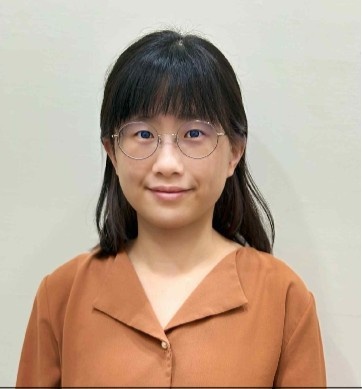AUCTORES
Globalize your Research
Research Article | DOI: https://doi.org/10.31579/2692-9392/135
1 Departement of Orthopedic Hag Elsafi Teaching Hospital-Khartoum, Sudan.
2 Departement of Pediatric Orthopedic Excellence Trauma Centre Khartoum, Sudan.
3 Departement of Orthopedic Hag Elsafi Teaching Hospital-Khartoum, Sudan.
*Corresponding Author: Mohamed Hamid Awadelseid, Departement of Pediatric Orthopedic Excellence Trauma Centre Khartoum, Sudan.
Citation: Gaafar Siddig Awad Alseed, Mohamed Hamid Awadelseid and Omer Yaseen Almubarak, (2022) Outcome of Arthroscopic
Synovectomy for Diffuse Pigmented Villonodular Synovitis of The Knee in Sudanese Patients. J. Archives of Medical Case Reports and Case Study,
6(3); DOI:10.31579/2692-9392/135
Copyright: ©2022 Mohamed Hamid Awadelseid, This is an open-access article distributed under the terms of the Creative Commons Attribution
License, which permits unrestricted use, distribution, and reproduction in any medium, provided the original author and source are credited.
Received: 30 June 2022 | Accepted: 12 July 2022 | Published: 25 July 2022
Keywords: knee; pigmented villonodular synovitis; arthroscopic synovectomy
Background: Diffuse pigmented villonodular synovitis (DPVNS) of the knee is a difficult tumor to eradicate, the gold standard treatment has traditionally been surgical excision with total synovectomy of the affected joint, either with an open or arthroscopic approach. In this study, we are focusing on arthroscopic surgical synovectomy.
Objectives: Aimed to study the outcome of arthroscopic synovectomy for diffuse pigmented villonodular synovitis of the knee in Haj Alsafi Teaching Hospital.
Methodology: Observational retrospective hospital-based study, performed in the Orthopedic Department, 12 patients (8 males and 4 females) with the diffuse form of PVNS of the knee were enrolled in the study after qualification. The clinical diagnosis was confirmed by magnetic resonance imaging and post-surgical histo-pathological examination. All patients underwent complete synovectomy through standard anterior, medial and lateral, then medial, lateral suprapatellar and posteromedial portals. Each patient was evaluated before and after treatment and followed up for a minimum of 18 months (range: 18 – 54 months) using the Lysholm score and International Knee Documentation Committee (IKDC) score.
Results: The average age group of patients was (9–63years) with male predominance (66.7 %). Left knee more frequently affected (58.3%). None of the study participants had previous surgical history 100%. Both Lysholm and IKDCscores were significantly improved in all study participants. Regarding paired sample statistics, the mean for the score preoperatively and postoperatively was improved from 54.9 to77.9. Recurrence reported in one participant (8.3%). There was a statistical association between pre and post-operative LYSHOLM and IKDC scores and recurrence, hence p-value =0.000.
Conclusion:Arthroscopic synovectomy is an appropriate treatment for knee DPVNS with a good clinical and functional outcome and with a low recurrence rate.
The human knee is the largest joint in the musculoskeletal system,which supports the body weight and facilitates locomotion. The knee consistsof two distinct articulations, the tibiofemoral and the patellofemoral joints [1]. The tibiofemoral joint is one of the most complexarticulations of the human body and its main tissuesare the femur, tibia, fibula,articular cartilages, menisci,and ligaments. The tibiofemoral joint enables the relative motion of the femur and tibia, which is facilitated through mechanical contacts between the cartilages and menisci [2].
Joint capsule: The capsule surroundsthe knee joint. It has a tough,fibrous outer membraneand an inner synovial membrane,which produces joint fluid (synovialfluid). This fluid lubricates the joint and nourishes the articular cartilage that coats the ends of the bones in the joint.Numerous bursae or small fluid sacs are like folds in the capsule around the knee joint which provide extra flexibility and stretch to the capsule. Articular Cartilage is a thin, elastic connective tissue protects the bone by absorbing shock. Cartilage also ensures that joint surfaces slide easily over each other for smooth knee movement.Meniscal cartilage is fibrous with a good tensile strength, separating the bones of the knee and acting as a shock absorber. The meniscus can often be torn in forceful, twisting injuries.There are two c-shapedmenisci in the knee– the medial meniscus and the lateral meniscus.
Ligaments:There are four main ligaments which strap the bones of the knee joint together. They are the anterior cruciate ligament (ACL), the posterior cruciate ligament (PCL), the medial collateral ligament (MCL) and the lateral collateral ligament (LCL). The ligaments surrounding the knee joint offer stabilityby limiting movementsand, together with several menisci and bursae, protect the articular capsule.The knee joint consists of three “compartments” or sections:medial compartment (inner half of the knee),lateral compartment (outer half of the knee) and patellofemoral compartment (behind the knee).Pigmented villonodular synovitis (PVNS) is a rare proliferative process that affects the synovial joints, tendon sheaths, and bursae. In 1852, Chassaignac [3] reported the first case of a lesion in the flexor tendon sheath of the second and third fingers;this was subsequently reported in other joints. In 1941, Jaffe et al [4] coined the term “pigmented villonodular synovitis”; subsequently, Granowitzet al [5] expandedthe terminology, distinguishing the localized (LPVNS) and diffuse (DPVNS) forms from other synoviallesions. Recently, the World Health Organization (WHO) has defined PVNS and giant cell tumor to be equivalent terms [6].
The estimated incidence of PVNS ranges around 1.8 per million, It is usuallymonoarticular, affecting large joints. The knee is the most affected site (28%-70%), but cases in the hip, ankle, shoulder, and elbow are often observed [7].
The disease presents in two forms, localized or diffuse, and both types have similar appearance: a synovial membranecharacterized by inflammation and presence of hemosiderin deposits[8]. Microscopically, it is characterized by the presenceof lipid-laden macrophages, multinucleated giant cells, hemosiderin deposits,and proliferation of fibroblasts and stromal cells. LPVNS is characterized by discrete or pedunculated nodular lesions. In turn, DPVNS is the most common presentation, involving intra-articular tissues; it may have extra-articular The human knee is the largest joint in the musculoskeletal system,which supports the body weight and facilitates locomotion. The knee consistsof two distinct articulations, the tibiofemoral and the patellofemoral joints [1]. The tibiofemoral joint is one of the most complexarticulations of the human body and its main tissuesare the
femur, tibia, fibula,articular cartilages, menisci,and ligaments. The tibiofemoral joint enables the relative motion of the femur and tibia, which is facilitated through mechanical contacts between the cartilages and menisci [2].
Joint capsule: The capsule surroundsthe knee joint. It has a tough,fibrous outer membraneand an inner synovial membrane,which produces joint fluid (synovialfluid). This fluid lubricates the joint and
nourishes the articular cartilage that coats the ends of the bones in the joint.Numerous bursae or small fluid sacs are like folds in the capsule around the knee joint which provide extra flexibility and stretch to the capsule. Articular Cartilage is a thin, elastic connective tissue protects the bone by absorbing shock. Cartilage also ensures that joint surfaces slide easily over each other for smooth knee movement.Meniscal cartilage is fibrous with a good tensile strength, separating the bones of the knee and acting as a shock absorber. The meniscus can often be torn in forceful, twisting injuries.There are two c-shapedmenisci in the knee– the medial meniscus and the lateral meniscus.
Ligaments:There are four main ligaments which strap the bones of the knee joint together. They are the anterior cruciate ligament (ACL), the posterior cruciate ligament (PCL), the medial collateral ligament (MCL) and the lateral collateral ligament (LCL). The ligaments surrounding the knee joint offer stabilityby limiting movementsand, together with several menisci and bursae, protect the articular capsule.The knee joint consists of three “compartments” or sections:medial compartment (inner half of the knee),lateral compartment (outer half of the knee) and patellofemoral compartment (behind the knee).Pigmented villonodular synovitis (PVNS) is a rare proliferative process that affects the synovial joints, tendon sheaths, and bursae. In 1852, Chassaignac [3] reported the first case of a lesion in the flexor tendon sheath of the second and third fingers;this was subsequently reported in other joints. In 1941, Jaffe et al [4] coined the term “pigmented villonodular synovitis”; subsequently, Granowitzet al [5] expandedthe terminology, distinguishing the localized (LPVNS) and diffuse (DPVNS) forms from other synoviallesions. Recently, the World Health Organization (WHO) has defined PVNS and giant cell tumor to be equivalent terms [6].
The estimated incidence of PVNS ranges around 1.8 per million, It is usuallymonoarticular, affecting large joints. The knee is the most affected site (28%-70%), but cases in the hip, ankle, shoulder, and elbow are often observed [7].
The disease presents in two forms, localized or diffuse, and both types have similar appearance: a synovial membranecharacterized by inflammation and presence of hemosiderin deposits[8]. Microscopically, it is characterized by the presenceof lipid-laden macrophages, multinucleated giant cells, hemosiderin deposits,and proliferation of fibroblasts and stromal cells. LPVNS is characterized by discrete or pedunculated nodular lesions. In turn, DPVNS is the most common presentation, involving intra-articular tissues; it may have extra-articular extension, behaving as a chronic process [9].
In the last 100 years, little progress has been made regarding treatment. The goal of PVNS treatment is to remove all synovial tissue in order torelieve pain, decrease the risk of joint destruction, and prevent local recurrence. Several treatment optionshave been proposedfor this disease in cases of genicular involvement, ranging from observation and radical local surgery to total knee arthroplasty [10]. Pigmentedvillonodular synovitis (PVNS) is a benign, locally aggressive, neoplastic process of the joints,particularly the synovialmembrane or tendonsheaths. PVNS can affect various joints, with 1.8 new cases per million persons per year [11] Studies from the US and UK report a greater prevalence among males [12], whereas retrospective studies in China report a female predominance [13]. As do series from France, Portugal, and Italy.PVNS usually occurs in the age of 30s or 40s to 50s [14].
PVNS most commonly affects the large joints, such as the knees, hips, and ankles, There is a predilection for the knee, with rates as high as 74% PVNS often presents with pain and swelling of the joint [15]. Proper diagnosis is often delayed from 16 months to even 5 years owing to the nonspecific symptoms [16].
General objectives:
To study the outcome of arthroscopic synovectomy for diffuse pigmented villonodular synovitis of the knee in Sudanese patients.
Specific objectives:
To determine the functional and clinical outcomeof the knee post arthroscopic synovectomy.
Methodology: This is Observational retrospective hospital based study. All patientsunderwent arthroscopic synovectomy for diffuse pigmented villonodular synovitis of the knee.
Inclusion criteria:
- Patients of DPVNS of the knee treated with arthroscopic synovectomy.
- Follow up more than 18 months.
-Patients of all ages
-Both sexes
Exclusion criteria:
DPVNS other than the knee.
Patients treated with other surgical and non surgical modalities.
Total coverage for all patients due to rare cases. The datasheets from hospital statistical department availablejust for 12 patients.Data collection carried out by the principal investigator, from patient’s data sheets composed of:
•Lysholm knee scoring scale.
•International Knee Documentation Committee Score (IKDCS score).
The collected data was analyzed by using Statistical Package for the Social Studies Program SPSS, V. 24.0. IBM then presented as figures, frequency and percentage tables.
An ethical approval obtained from Sudan medical specialization board (SMSB).
Surgical Technique:
Arthroscopy was performed in supine position under spinal anaesthesia with a tourniquet applied high on the thigh. The knee was flexed 90 degrees by draping the leg over the edge of the operative table. Standard lateral and medialportals were made. The 30 degree arthroscope was used. The procedure done with complete synovectomy of the anterior compartment, posterior compartment and suprapatellar pouch. Anterior compartment: was started with medial part synovectomy, with applying valgus stress, medial submeniscal synovectomy was done. Then, the notch area and in between ACL and PCL. Then, the lateral part and also, lateral sub meniscal area with applying the figureof four positions. All were meticulously shaved and cleaned. The posterior compartment: (posteromedial, posterolateral and middle third septum) was approached using posteromedial portal. The suprapatellar pouch: was completely shaved through medial and lateral suprapatellar portals, including thelateral gutter, the popliteal hiatus area, and the medial gutter. The synovium was shaved till post capsule i.e. shaving the reddish synovium till reaching white area, and it is our suggestion that less damage post capsule causes less chance of extravasation and probably compartment syndrome. Portals were not sutured except the entrance of the drain. Arthroscopic electro-ablation was done just when an oozing vessel seen.In this study, synovectomy was performed using different shavers (5.5mm, 4.5mm,3.5mm shaver blades diameter, straight and curved) to ensure adequacy of debridement.
extension, behaving as a chronic process [9].
In the last 100 years, little progress has been made regarding treatment. The goal of PVNS treatment is to remove all synovial tissue in order torelieve pain, decrease the risk of joint destruction, and prevent local recurrence. Several treatment optionshave been proposedfor this disease in cases of genicular involvement, ranging from observation and radical local surgery to total knee arthroplasty [10]. Pigmentedvillonodular synovitis (PVNS) is a benign, locally aggressive, neoplastic process of the joints,particularly the synovialmembrane or tendonsheaths. PVNS can affect various joints, with 1.8 new cases per million persons per year [11] Studies from the US and UK report a greater prevalence among males [12], whereas retrospective studies in China report a female predominance [13]. As do series from France, Portugal, and Italy.PVNS usually occurs in the age of 30s or 40s to 50s [14].
PVNS most commonly affects the large joints, such as the knees, hips, and ankles, There is a predilection for the knee, with rates as high as 74% PVNS often presents with pain and swelling of the joint [15]. Proper diagnosis is often delayed from 16 months to even 5 years owing to the nonspecific symptoms [16].
General objectives:
To study the outcome of arthroscopic synovectomy for diffuse pigmented villonodular synovitis of the knee in Sudanese patients.
Specific objectives:
To determine the functional and clinical outcomeof the knee post arthroscopic synovectomy.
Methodology: This is Observational retrospective hospital based study. All patientsunderwent arthroscopic synovectomy for diffuse pigmented villonodular synovitis of the knee.
Inclusion criteria:
- Patients of DPVNS of the knee treated with arthroscopic synovectomy.
- Follow up more than 18 months.
-Patients of all ages
-Both sexes
Exclusion criteria:
DPVNS other than the knee.
Patients treated with other surgical and non surgical modalities.
Total coverage for all patients due to rare cases. The datasheets from hospital statistical department availablejust for 12 patients.Data collection carried out by the principal investigator, from patient’s data sheets composed of:
Lysholm knee scoring scale.
International Knee Documentation Committee Score (IKDCS score).
The collected data was analyzed by using Statistical Package for the Social Studies Program SPSS, V. 24.0. IBM then presented as figures, frequency and percentage tables.
An ethical approval obtained from Sudan medical specialization board (SMSB).
Surgical Technique:
Arthroscopy was performed in supine position under spinal anaesthesia with a tourniquet applied high on the thigh. The knee was flexed 90 degrees by draping the leg over the edge of the operative table. Standard lateral and medialportals were made. The 30 degree arthroscope was used. The procedure done with complete synovectomy of the anterior compartment, posterior compartment and suprapatellar pouch. Anterior compartment: was started with medial part synovectomy, with applying valgus stress, medial submeniscal synovectomy was done. Then, the notch area and in between ACL and PCL. Then, the lateral part and also, lateral sub meniscal area with applying the figureof four positions. All were meticulously shaved and cleaned. The posterior compartment: (posteromedial, posterolateral and middle third septum) was approached using posteromedial portal. The suprapatellar pouch: was completely shaved through medial and lateral suprapatellar portals, including thelateral gutter, the popliteal hiatus area, and the medial gutter. The synovium was shaved till post capsule i.e. shaving the reddish synovium till reaching white area, and it is our suggestion that less damage post capsule causes less chance of extravasation and probably compartment syndrome. Portals were not sutured except the entrance of the drain. Arthroscopic electro-ablation was done just when an oozing vessel seen.In this study, synovectomy was performed using different shavers (5.5mm, 4.5mm,3.5mm shaver blades diameter, straight and curved) to ensure adequacy of debridement.
Baseline characteristics of patients: This study includes 12 patients 8 (66.7%) males and 4 females, their mean age was 29 years (range:9 – 63 years), 2 (16.7%) cases were children (9 and 11years).
The Left limb was affected in 7 cases (58.3%) and the right one 5. Patients were followed up for a minimum of 18 months (range: 18 – 54 months). The clinical diagnosis was confirmed by magnetic resonance imaging and post-surgical pathologic examination. In these patients, the most frequent preoperative symptoms were joint effusion, true recurring hemarthrosis, and mild pain. In some cases, the presence of articular locking or pseudo locking was noticed.
Clinical and functional outcomes: All cases underwent arthroscopic synovectomy and evaluated before treatment and at the final follow up visit using the Lysholm score and International Knee Documentation Committee score (IKDCs).
No patient reports a history of previous knee surgery and all of them have an excellent knee function before the injury (IKDC score prior injury was 10 for 10 cases and 9 for 2 cases, (table1). There were no complications during or after the arthroscopic procedure. One patient (8.3%) displayed evidence of local recurrence (figure 1) after 30 months of synovectomy which was confirmed by MRI, and he developed the disease in the other knee. The limitation of joint motion, Lysholm knee joint function score and IKDC score were improved significantly postoperatively. Regarding paired sample statistics, the mean for the score preoperatively and postoperatively was improved from 54.9 to 77.9
There was a statistical association between preoperative and postoperative LYSHOLM and IKDC scores and recurrence, hence p- value =0.000.
8.3% of the study participants had history of recurrence, as shown in figure (1) below:
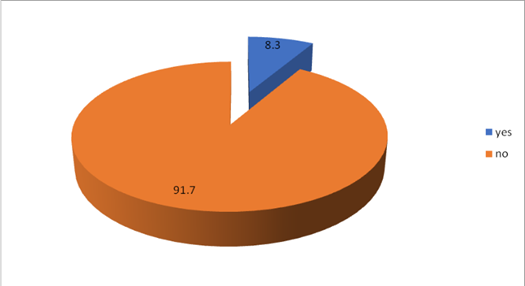
Figure 1: Recurrence history among study participants, n=12
No | Age years |
Gender | Follow- up months | R/L knee | IKDC prior injury | LYSHOL M score pre | LYSHOL M score post | IKCDs score % | Previous surgery |
Recur |
| 1 | 11 | Male | 36 | Right | 10 | 51 | 74 | 74. 7 | No | No |
| 2 | 63 | Male | 18 | Left | 9 | 51 | 80 | 79.3 | No | No |
| 3 | 17 | Male | 30 | Left | 10 | 38 | 56 | 56.3 | No | Yes |
| 4 | 30 | Male | 28 | Right | 10 | 60 | 80 | 81.6 | No | No |
| 5 | 26 | Male | 43 | Left | 10 | 57 | 70 | 71.2 | No | No |
| 6 | 42 | Female | 53 | Left | 10 | 62 | 90 | 90.8 | No | No |
| 7 | 28 | Female | 34 | Left | 10 | 49 | 78 | 78.7 | No | No |
| 8 | 21 | Male | 48 | Right | 10 | 72 | 87 | 87.3 | No | No |
| 9 | 19 | Male | 48 | Right | 10 | 53 | 69 | 70.1 | No | No |
| 10 | 54 | Female | 54 | Left | 9 | 52 | 75 | 74.7 | No | No |
| 11 | 9 | Female | 39 | Right | 10 | 47 | 90 | 91.9 | No | No |
| 12 | 30 | Male | 36 | Left | 10 | 69 | 86 | 86.2 | No | No |
LYSHOLM: Maximum possible points =100
IKDC s: Maximum possible points =87
IKDC Score: = (sum of item /maximum score) x 100 = ……. %
IKDC prior injury: Functionof the knee before the illness, scores of 0 to 10 with 10 being normal,excellent function and 0 being the inabilityto perform any of the usual daily activities which may include sport.
Table (1): General data of the patients
PVNS is a rare diseaseof which the diagnosis is often delayed.This may result in the extension of the disease and the involvement of the adjacent soft and bone tissues. The disease may become gradually more aggressive and recurrence occurs frequently. PVNS must be considered in patients who present with joint effusion and develop contracture, and their examinations should be performed accordingly. If possible, the probability of recurrence should be minimizedthrough aggressive radicalsynovectomy. There is no definitive treatment method. The mainstay of treatment has been surgical or arthroscopic synovectomy. Arthroscopic synovectomy has reduced morbidity and is well tolerated by patients. Open surgical synovectomy causes stiffness and pain and has a long recovery time, mainly after procedures involving the knee joint. However, the relapse rates of both approaches are reported to be relatively high, ranging between 8% and 46%.
The common presenting patients complains in this study were tolerable knee pain and swelling with or without one or more of the followings: limp, instability, locking or catching sensation. Twelve patients who had a diagnosis of DPVNS of the knee were followed for an average of 3years (range,1.5 to 4.5 years) after complete arthroscopic synovectomy. In the present study majority, 66.7% of the participants were males, (with male to female ratio2:1), Keyhani S et al stated that male to female ratio was 2.5:1 [18]. Which is supports our findings, in contrast, HoudekMT, et al study which reported 58% were females and42% were males [18]. Mollon B et al study also reportedthe predominant of females (80%) [17], this variation may due to the small sample size included in the study.
16.7% of our study participants were in their 30 years old and the same percentage were children (9,11 years), with age range from 9-63 years old (average age 29 years) similar findings obtained by Gouin F et al, reported average age of 33 years [19], and De Visser et al revealed mean age was 32 (range 12–72) years [20].
Regarding the LYSHOLM score and IKCDS: all patients scoring better after the operation, the mean LYSHOLM score was improved from 54.9 preoperatively to77.9 postoperatively which is significant. Keyhani S et al revealed both Lysholm score and IKDC scores were significantly improved in all study participants [18].
In this study, recurrence was reported in one patient (8.3%) of the study participants, while a higher recurrence percentage reported by Mollon B et al study was 13 % of patientsexperienced symptomatic diseaserecurrence [17]. While Keyhani S et al reported no cases of clinical recurrence, infection, joint stiffness, or neurovascular lesionswere observed [18]. In the study of Kotwal et al., it was noted that the factors contributing to the risk of recurrence were incomplete excision, mitotic activity and bone involvement [21].
The final common pathway of DPVNS of the knee leads to total joint destruction, which eventually leads to the need for joint replacement. This should be avoided,if possible, especially in these young and healthy patients.
The results of this study proved that: Arthroscopic synovectomy is ideal for treating DPVNS with good clinical and functional outcomeand low recurrence rate.It hasthe advantages of minimal complications, minimal invasion and fast post-operative recovery.All abnormal synovialtissue must be eradicated, therebyremoving the risk of further jointdestruction and recurrence. Although DPVNS is a rare conditionin pediatric patients,it should be considered in differential diagnosis of any arthritis in children.
Recommendations:
The study recommends that: To considerusing arthroscopic synovectomy as good option for treatment of diffuse pigmented villonodulor synovitis of the knee. To emphasize that early diagnosis and well done arthroscopic synovectomy gives good clinical outcome with low recurrence rate. Further researches with large samples comparing arthroscopic synovectomy with other modalities of treatment required.
Compliance with ethical standards
Acknowledgments: Department of orthopedic HagelsfiHospital who contributed by any mean to the success of this study.
Conflict of interest:
None to declare Statement of informed consent
Approval of this study was obtained from our institutional review board
Clearly Auctoresonline and particularly Psychology and Mental Health Care Journal is dedicated to improving health care services for individuals and populations. The editorial boards' ability to efficiently recognize and share the global importance of health literacy with a variety of stakeholders. Auctoresonline publishing platform can be used to facilitate of optimal client-based services and should be added to health care professionals' repertoire of evidence-based health care resources.

Journal of Clinical Cardiology and Cardiovascular Intervention The submission and review process was adequate. However I think that the publication total value should have been enlightened in early fases. Thank you for all.

Journal of Women Health Care and Issues By the present mail, I want to say thank to you and tour colleagues for facilitating my published article. Specially thank you for the peer review process, support from the editorial office. I appreciate positively the quality of your journal.
Journal of Clinical Research and Reports I would be very delighted to submit my testimonial regarding the reviewer board and the editorial office. The reviewer board were accurate and helpful regarding any modifications for my manuscript. And the editorial office were very helpful and supportive in contacting and monitoring with any update and offering help. It was my pleasure to contribute with your promising Journal and I am looking forward for more collaboration.

We would like to thank the Journal of Thoracic Disease and Cardiothoracic Surgery because of the services they provided us for our articles. The peer-review process was done in a very excellent time manner, and the opinions of the reviewers helped us to improve our manuscript further. The editorial office had an outstanding correspondence with us and guided us in many ways. During a hard time of the pandemic that is affecting every one of us tremendously, the editorial office helped us make everything easier for publishing scientific work. Hope for a more scientific relationship with your Journal.
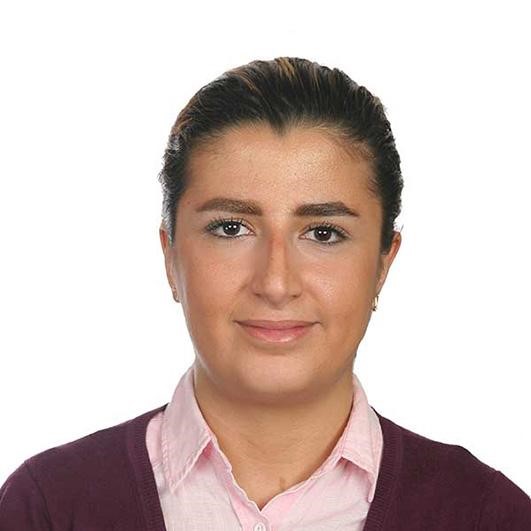
The peer-review process which consisted high quality queries on the paper. I did answer six reviewers’ questions and comments before the paper was accepted. The support from the editorial office is excellent.
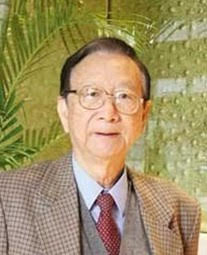
Journal of Neuroscience and Neurological Surgery. I had the experience of publishing a research article recently. The whole process was simple from submission to publication. The reviewers made specific and valuable recommendations and corrections that improved the quality of my publication. I strongly recommend this Journal.
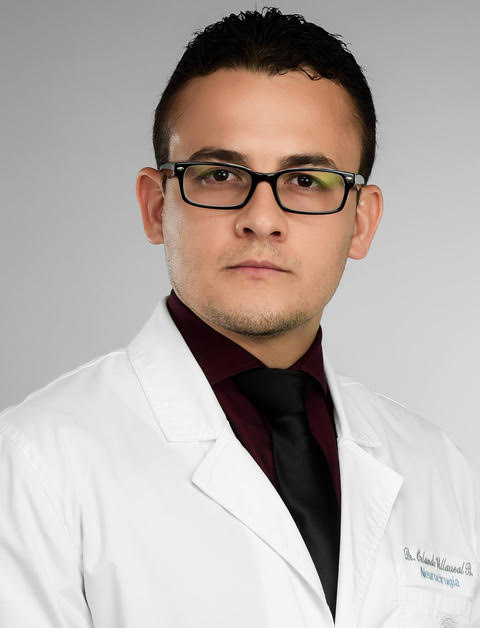
Dr. Katarzyna Byczkowska My testimonial covering: "The peer review process is quick and effective. The support from the editorial office is very professional and friendly. Quality of the Clinical Cardiology and Cardiovascular Interventions is scientific and publishes ground-breaking research on cardiology that is useful for other professionals in the field.

Thank you most sincerely, with regard to the support you have given in relation to the reviewing process and the processing of my article entitled "Large Cell Neuroendocrine Carcinoma of The Prostate Gland: A Review and Update" for publication in your esteemed Journal, Journal of Cancer Research and Cellular Therapeutics". The editorial team has been very supportive.

Testimony of Journal of Clinical Otorhinolaryngology: work with your Reviews has been a educational and constructive experience. The editorial office were very helpful and supportive. It was a pleasure to contribute to your Journal.

Dr. Bernard Terkimbi Utoo, I am happy to publish my scientific work in Journal of Women Health Care and Issues (JWHCI). The manuscript submission was seamless and peer review process was top notch. I was amazed that 4 reviewers worked on the manuscript which made it a highly technical, standard and excellent quality paper. I appreciate the format and consideration for the APC as well as the speed of publication. It is my pleasure to continue with this scientific relationship with the esteem JWHCI.

This is an acknowledgment for peer reviewers, editorial board of Journal of Clinical Research and Reports. They show a lot of consideration for us as publishers for our research article “Evaluation of the different factors associated with side effects of COVID-19 vaccination on medical students, Mutah university, Al-Karak, Jordan”, in a very professional and easy way. This journal is one of outstanding medical journal.
Dear Hao Jiang, to Journal of Nutrition and Food Processing We greatly appreciate the efficient, professional and rapid processing of our paper by your team. If there is anything else we should do, please do not hesitate to let us know. On behalf of my co-authors, we would like to express our great appreciation to editor and reviewers.

As an author who has recently published in the journal "Brain and Neurological Disorders". I am delighted to provide a testimonial on the peer review process, editorial office support, and the overall quality of the journal. The peer review process at Brain and Neurological Disorders is rigorous and meticulous, ensuring that only high-quality, evidence-based research is published. The reviewers are experts in their fields, and their comments and suggestions were constructive and helped improve the quality of my manuscript. The review process was timely and efficient, with clear communication from the editorial office at each stage. The support from the editorial office was exceptional throughout the entire process. The editorial staff was responsive, professional, and always willing to help. They provided valuable guidance on formatting, structure, and ethical considerations, making the submission process seamless. Moreover, they kept me informed about the status of my manuscript and provided timely updates, which made the process less stressful. The journal Brain and Neurological Disorders is of the highest quality, with a strong focus on publishing cutting-edge research in the field of neurology. The articles published in this journal are well-researched, rigorously peer-reviewed, and written by experts in the field. The journal maintains high standards, ensuring that readers are provided with the most up-to-date and reliable information on brain and neurological disorders. In conclusion, I had a wonderful experience publishing in Brain and Neurological Disorders. The peer review process was thorough, the editorial office provided exceptional support, and the journal's quality is second to none. I would highly recommend this journal to any researcher working in the field of neurology and brain disorders.

Dear Agrippa Hilda, Journal of Neuroscience and Neurological Surgery, Editorial Coordinator, I trust this message finds you well. I want to extend my appreciation for considering my article for publication in your esteemed journal. I am pleased to provide a testimonial regarding the peer review process and the support received from your editorial office. The peer review process for my paper was carried out in a highly professional and thorough manner. The feedback and comments provided by the authors were constructive and very useful in improving the quality of the manuscript. This rigorous assessment process undoubtedly contributes to the high standards maintained by your journal.
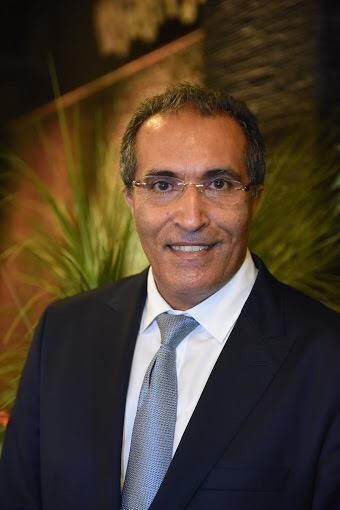
International Journal of Clinical Case Reports and Reviews. I strongly recommend to consider submitting your work to this high-quality journal. The support and availability of the Editorial staff is outstanding and the review process was both efficient and rigorous.

Thank you very much for publishing my Research Article titled “Comparing Treatment Outcome Of Allergic Rhinitis Patients After Using Fluticasone Nasal Spray And Nasal Douching" in the Journal of Clinical Otorhinolaryngology. As Medical Professionals we are immensely benefited from study of various informative Articles and Papers published in this high quality Journal. I look forward to enriching my knowledge by regular study of the Journal and contribute my future work in the field of ENT through the Journal for use by the medical fraternity. The support from the Editorial office was excellent and very prompt. I also welcome the comments received from the readers of my Research Article.
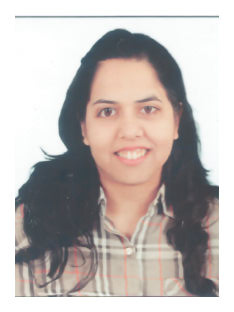
Dear Erica Kelsey, Editorial Coordinator of Cancer Research and Cellular Therapeutics Our team is very satisfied with the processing of our paper by your journal. That was fast, efficient, rigorous, but without unnecessary complications. We appreciated the very short time between the submission of the paper and its publication on line on your site.

I am very glad to say that the peer review process is very successful and fast and support from the Editorial Office. Therefore, I would like to continue our scientific relationship for a long time. And I especially thank you for your kindly attention towards my article. Have a good day!

"We recently published an article entitled “Influence of beta-Cyclodextrins upon the Degradation of Carbofuran Derivatives under Alkaline Conditions" in the Journal of “Pesticides and Biofertilizers” to show that the cyclodextrins protect the carbamates increasing their half-life time in the presence of basic conditions This will be very helpful to understand carbofuran behaviour in the analytical, agro-environmental and food areas. We greatly appreciated the interaction with the editor and the editorial team; we were particularly well accompanied during the course of the revision process, since all various steps towards publication were short and without delay".

I would like to express my gratitude towards you process of article review and submission. I found this to be very fair and expedient. Your follow up has been excellent. I have many publications in national and international journal and your process has been one of the best so far. Keep up the great work.

We are grateful for this opportunity to provide a glowing recommendation to the Journal of Psychiatry and Psychotherapy. We found that the editorial team were very supportive, helpful, kept us abreast of timelines and over all very professional in nature. The peer review process was rigorous, efficient and constructive that really enhanced our article submission. The experience with this journal remains one of our best ever and we look forward to providing future submissions in the near future.
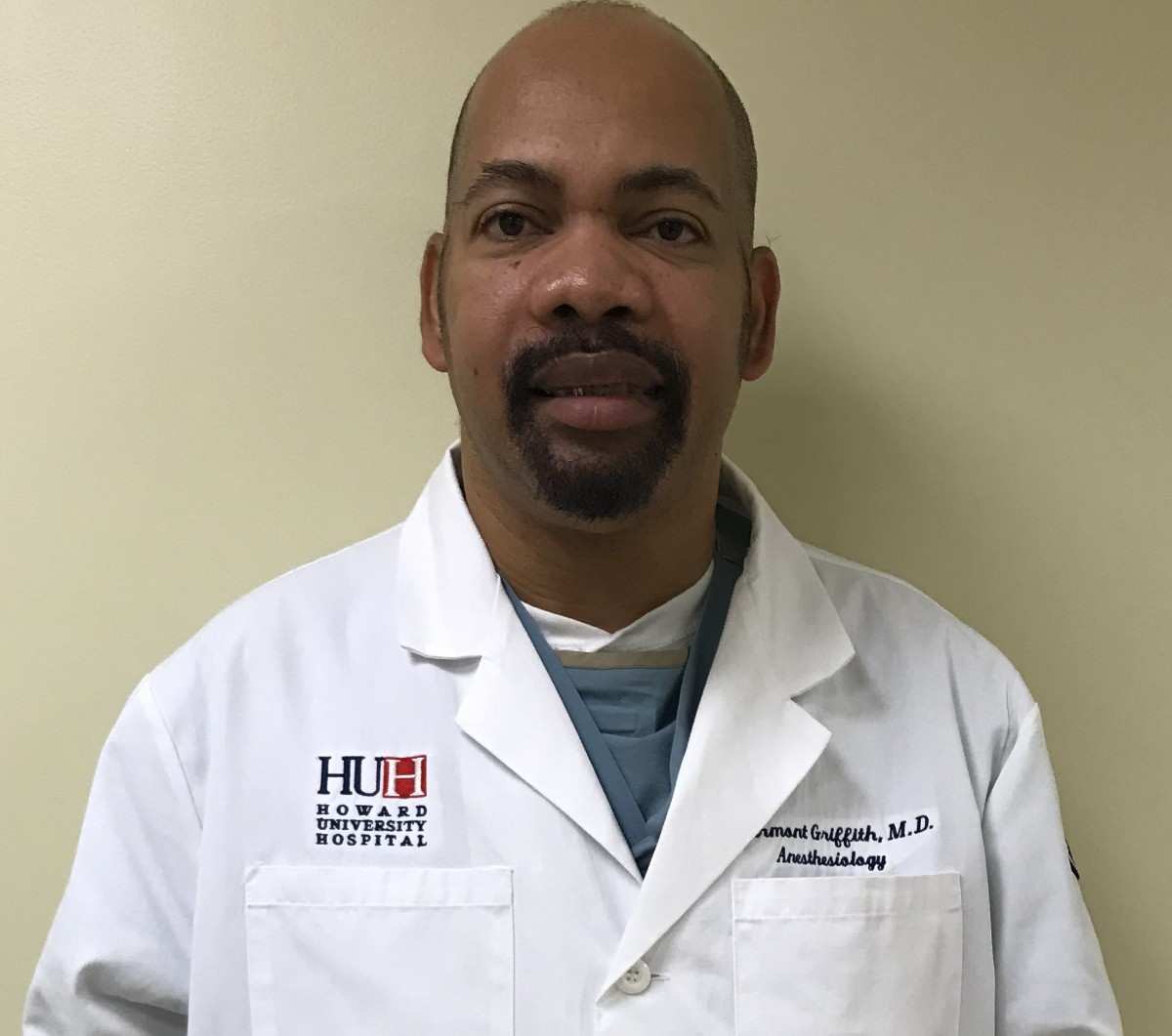
I am very pleased to serve as EBM of the journal, I hope many years of my experience in stem cells can help the journal from one way or another. As we know, stem cells hold great potential for regenerative medicine, which are mostly used to promote the repair response of diseased, dysfunctional or injured tissue using stem cells or their derivatives. I think Stem Cell Research and Therapeutics International is a great platform to publish and share the understanding towards the biology and translational or clinical application of stem cells.
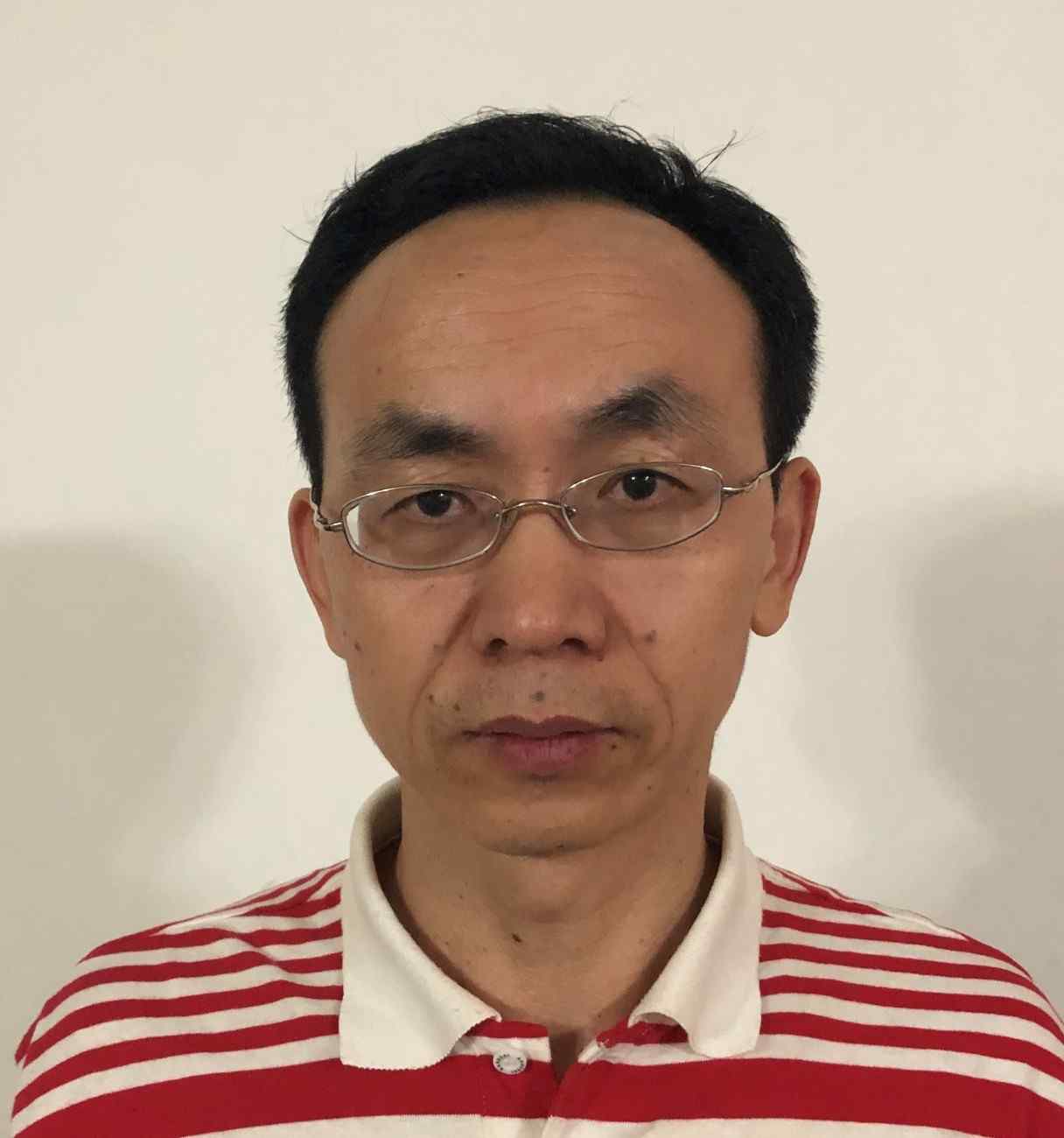
I would like to give my testimony in the support I have got by the peer review process and to support the editorial office where they were of asset to support young author like me to be encouraged to publish their work in your respected journal and globalize and share knowledge across the globe. I really give my great gratitude to your journal and the peer review including the editorial office.

I am delighted to publish our manuscript entitled "A Perspective on Cocaine Induced Stroke - Its Mechanisms and Management" in the Journal of Neuroscience and Neurological Surgery. The peer review process, support from the editorial office, and quality of the journal are excellent. The manuscripts published are of high quality and of excellent scientific value. I recommend this journal very much to colleagues.
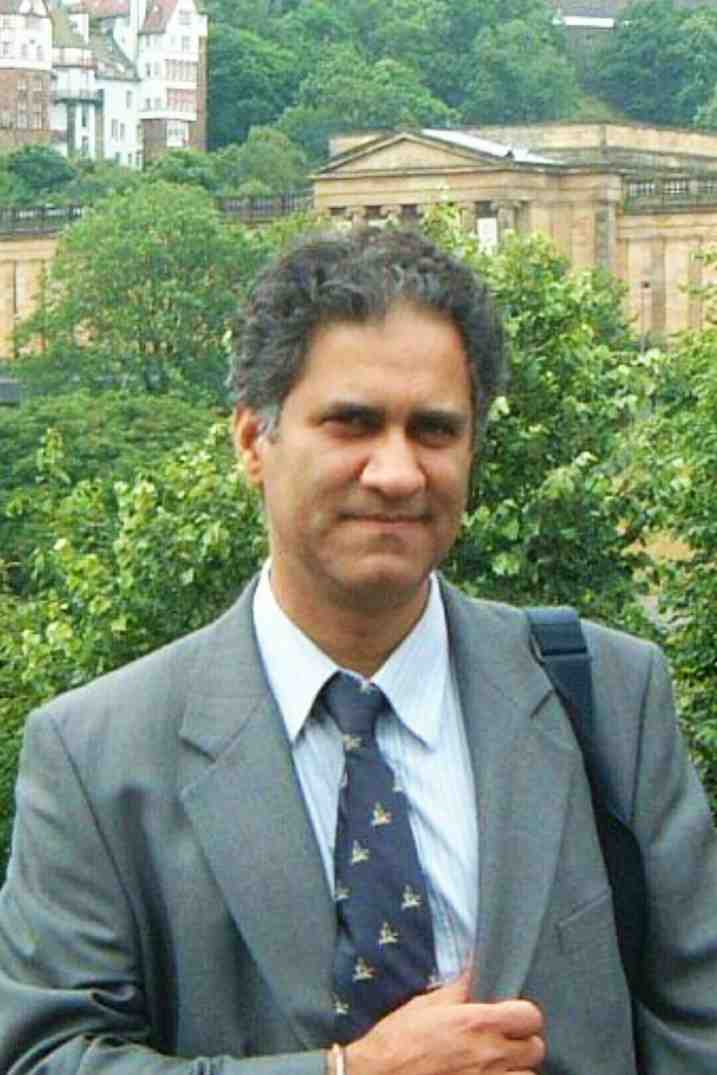
Dr.Tania Muñoz, My experience as researcher and author of a review article in The Journal Clinical Cardiology and Interventions has been very enriching and stimulating. The editorial team is excellent, performs its work with absolute responsibility and delivery. They are proactive, dynamic and receptive to all proposals. Supporting at all times the vast universe of authors who choose them as an option for publication. The team of review specialists, members of the editorial board, are brilliant professionals, with remarkable performance in medical research and scientific methodology. Together they form a frontline team that consolidates the JCCI as a magnificent option for the publication and review of high-level medical articles and broad collective interest. I am honored to be able to share my review article and open to receive all your comments.

“The peer review process of JPMHC is quick and effective. Authors are benefited by good and professional reviewers with huge experience in the field of psychology and mental health. The support from the editorial office is very professional. People to contact to are friendly and happy to help and assist any query authors might have. Quality of the Journal is scientific and publishes ground-breaking research on mental health that is useful for other professionals in the field”.
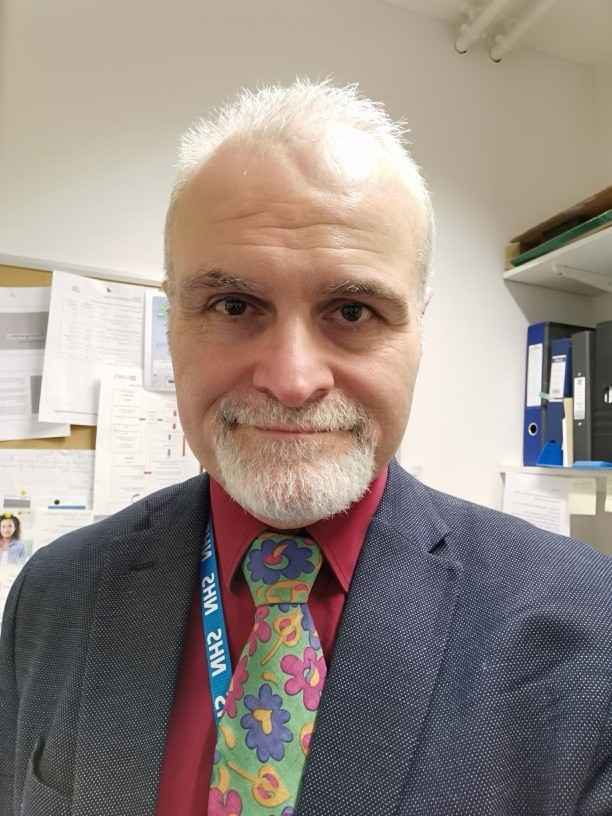
Dear editorial department: On behalf of our team, I hereby certify the reliability and superiority of the International Journal of Clinical Case Reports and Reviews in the peer review process, editorial support, and journal quality. Firstly, the peer review process of the International Journal of Clinical Case Reports and Reviews is rigorous, fair, transparent, fast, and of high quality. The editorial department invites experts from relevant fields as anonymous reviewers to review all submitted manuscripts. These experts have rich academic backgrounds and experience, and can accurately evaluate the academic quality, originality, and suitability of manuscripts. The editorial department is committed to ensuring the rigor of the peer review process, while also making every effort to ensure a fast review cycle to meet the needs of authors and the academic community. Secondly, the editorial team of the International Journal of Clinical Case Reports and Reviews is composed of a group of senior scholars and professionals with rich experience and professional knowledge in related fields. The editorial department is committed to assisting authors in improving their manuscripts, ensuring their academic accuracy, clarity, and completeness. Editors actively collaborate with authors, providing useful suggestions and feedback to promote the improvement and development of the manuscript. We believe that the support of the editorial department is one of the key factors in ensuring the quality of the journal. Finally, the International Journal of Clinical Case Reports and Reviews is renowned for its high- quality articles and strict academic standards. The editorial department is committed to publishing innovative and academically valuable research results to promote the development and progress of related fields. The International Journal of Clinical Case Reports and Reviews is reasonably priced and ensures excellent service and quality ratio, allowing authors to obtain high-level academic publishing opportunities in an affordable manner. I hereby solemnly declare that the International Journal of Clinical Case Reports and Reviews has a high level of credibility and superiority in terms of peer review process, editorial support, reasonable fees, and journal quality. Sincerely, Rui Tao.

Clinical Cardiology and Cardiovascular Interventions I testity the covering of the peer review process, support from the editorial office, and quality of the journal.

Clinical Cardiology and Cardiovascular Interventions, we deeply appreciate the interest shown in our work and its publication. It has been a true pleasure to collaborate with you. The peer review process, as well as the support provided by the editorial office, have been exceptional, and the quality of the journal is very high, which was a determining factor in our decision to publish with you.
The peer reviewers process is quick and effective, the supports from editorial office is excellent, the quality of journal is high. I would like to collabroate with Internatioanl journal of Clinical Case Reports and Reviews journal clinically in the future time.
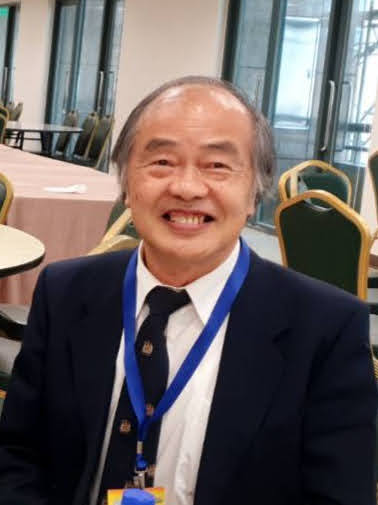
Clinical Cardiology and Cardiovascular Interventions, I would like to express my sincerest gratitude for the trust placed in our team for the publication in your journal. It has been a true pleasure to collaborate with you on this project. I am pleased to inform you that both the peer review process and the attention from the editorial coordination have been excellent. Your team has worked with dedication and professionalism to ensure that your publication meets the highest standards of quality. We are confident that this collaboration will result in mutual success, and we are eager to see the fruits of this shared effort.

Dear Dr. Jessica Magne, Editorial Coordinator 0f Clinical Cardiology and Cardiovascular Interventions, I hope this message finds you well. I want to express my utmost gratitude for your excellent work and for the dedication and speed in the publication process of my article titled "Navigating Innovation: Qualitative Insights on Using Technology for Health Education in Acute Coronary Syndrome Patients." I am very satisfied with the peer review process, the support from the editorial office, and the quality of the journal. I hope we can maintain our scientific relationship in the long term.
Dear Monica Gissare, - Editorial Coordinator of Nutrition and Food Processing. ¨My testimony with you is truly professional, with a positive response regarding the follow-up of the article and its review, you took into account my qualities and the importance of the topic¨.

Dear Dr. Jessica Magne, Editorial Coordinator 0f Clinical Cardiology and Cardiovascular Interventions, The review process for the article “The Handling of Anti-aggregants and Anticoagulants in the Oncologic Heart Patient Submitted to Surgery” was extremely rigorous and detailed. From the initial submission to the final acceptance, the editorial team at the “Journal of Clinical Cardiology and Cardiovascular Interventions” demonstrated a high level of professionalism and dedication. The reviewers provided constructive and detailed feedback, which was essential for improving the quality of our work. Communication was always clear and efficient, ensuring that all our questions were promptly addressed. The quality of the “Journal of Clinical Cardiology and Cardiovascular Interventions” is undeniable. It is a peer-reviewed, open-access publication dedicated exclusively to disseminating high-quality research in the field of clinical cardiology and cardiovascular interventions. The journal's impact factor is currently under evaluation, and it is indexed in reputable databases, which further reinforces its credibility and relevance in the scientific field. I highly recommend this journal to researchers looking for a reputable platform to publish their studies.
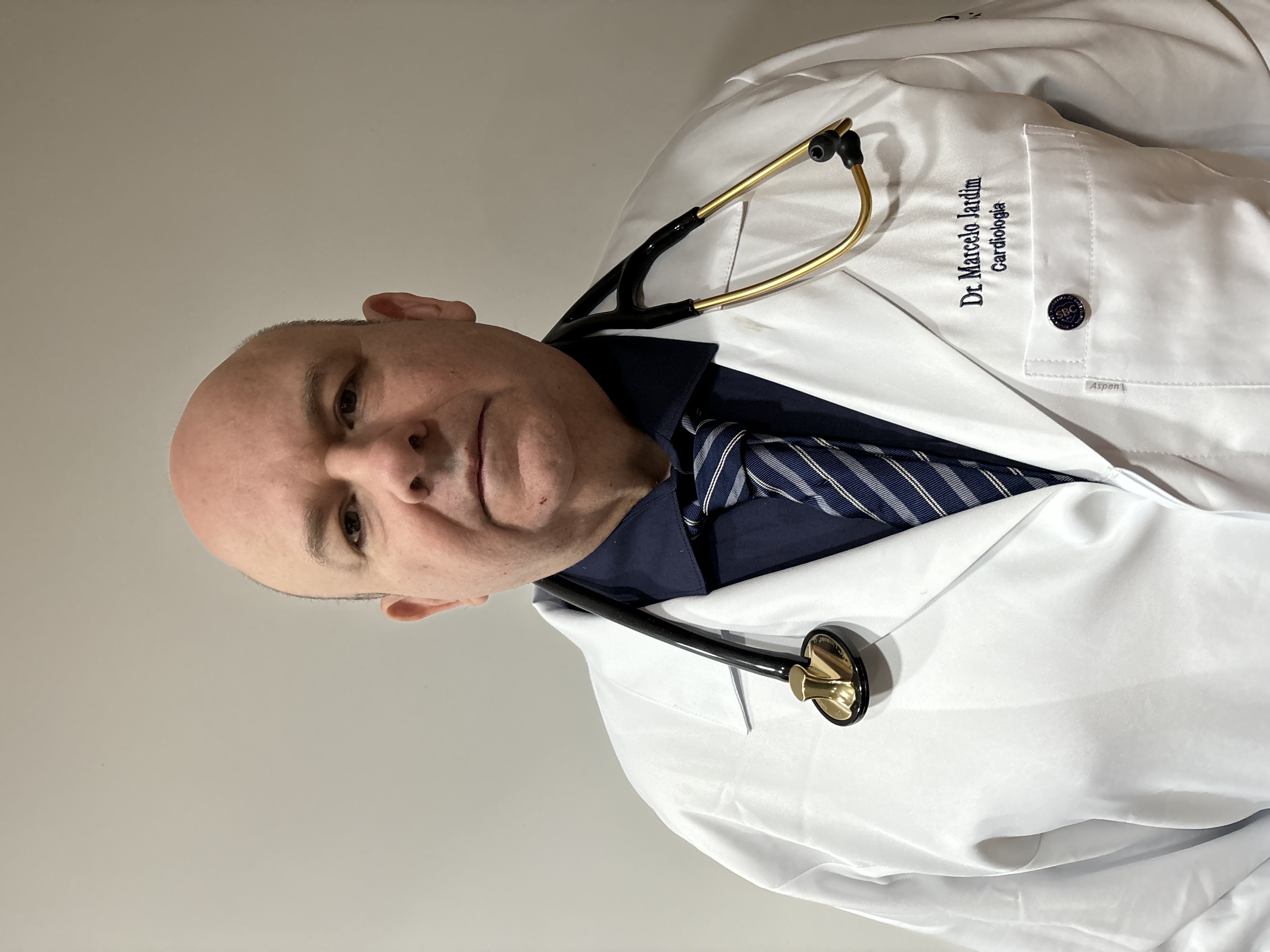
Dear Editorial Coordinator of the Journal of Nutrition and Food Processing! "I would like to thank the Journal of Nutrition and Food Processing for including and publishing my article. The peer review process was very quick, movement and precise. The Editorial Board has done an extremely conscientious job with much help, valuable comments and advices. I find the journal very valuable from a professional point of view, thank you very much for allowing me to be part of it and I would like to participate in the future!”
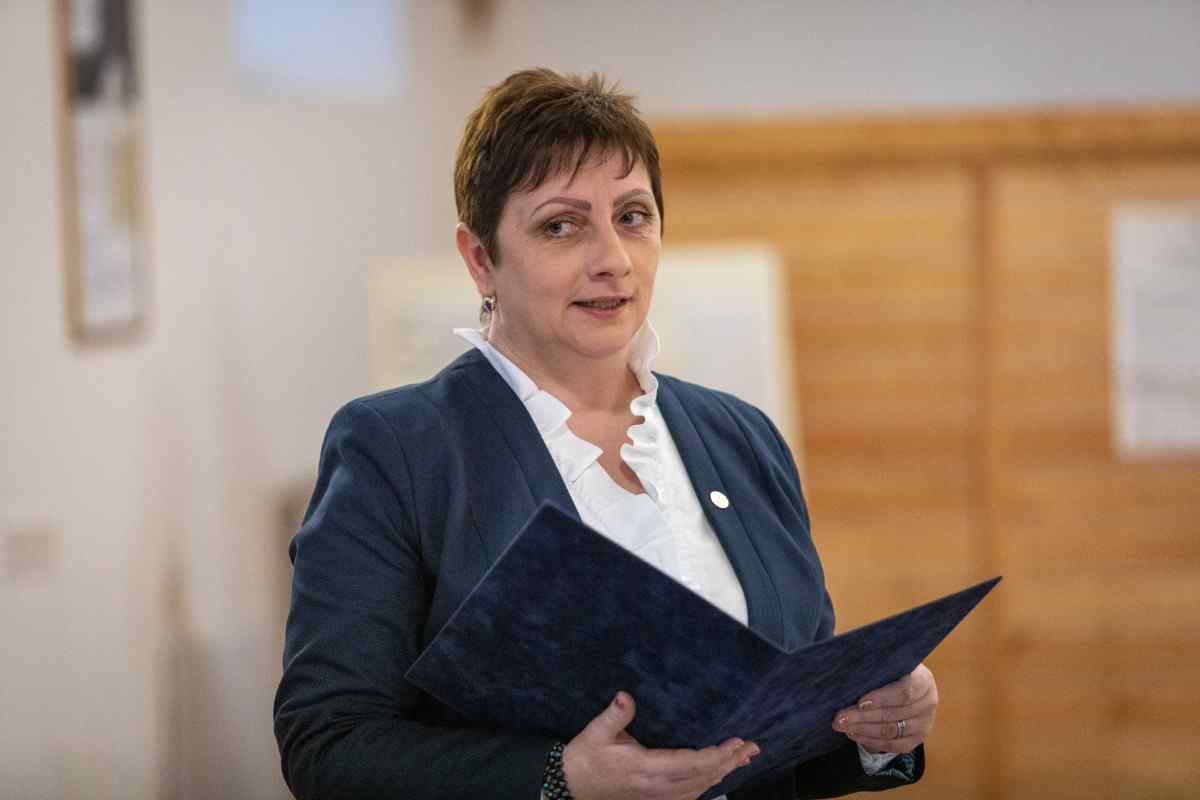
Dealing with The Journal of Neurology and Neurological Surgery was very smooth and comprehensive. The office staff took time to address my needs and the response from editors and the office was prompt and fair. I certainly hope to publish with this journal again.Their professionalism is apparent and more than satisfactory. Susan Weiner
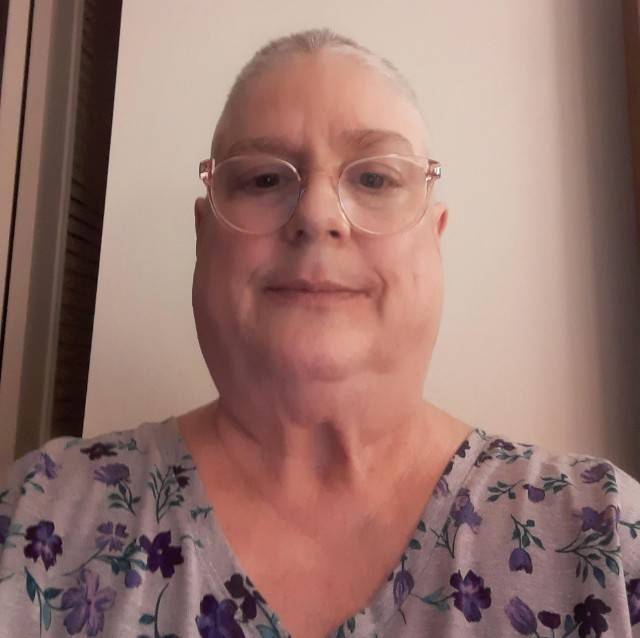
My Testimonial Covering as fellowing: Lin-Show Chin. The peer reviewers process is quick and effective, the supports from editorial office is excellent, the quality of journal is high. I would like to collabroate with Internatioanl journal of Clinical Case Reports and Reviews.
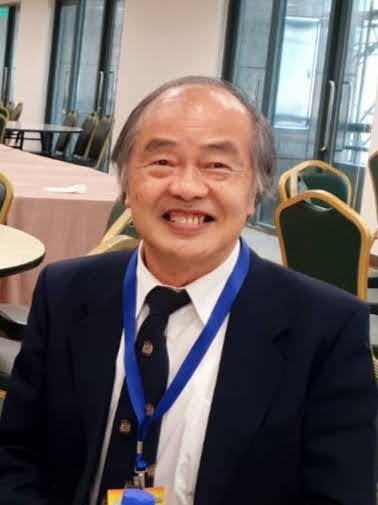
My experience publishing in Psychology and Mental Health Care was exceptional. The peer review process was rigorous and constructive, with reviewers providing valuable insights that helped enhance the quality of our work. The editorial team was highly supportive and responsive, making the submission process smooth and efficient. The journal's commitment to high standards and academic rigor makes it a respected platform for quality research. I am grateful for the opportunity to publish in such a reputable journal.
My experience publishing in International Journal of Clinical Case Reports and Reviews was exceptional. I Come forth to Provide a Testimonial Covering the Peer Review Process and the editorial office for the Professional and Impartial Evaluation of the Manuscript.

I would like to offer my testimony in the support. I have received through the peer review process and support the editorial office where they are to support young authors like me, encourage them to publish their work in your esteemed journals, and globalize and share knowledge globally. I really appreciate your journal, peer review, and editorial office.
Dear Agrippa Hilda- Editorial Coordinator of Journal of Neuroscience and Neurological Surgery, "The peer review process was very quick and of high quality, which can also be seen in the articles in the journal. The collaboration with the editorial office was very good."

I would like to express my sincere gratitude for the support and efficiency provided by the editorial office throughout the publication process of my article, “Delayed Vulvar Metastases from Rectal Carcinoma: A Case Report.” I greatly appreciate the assistance and guidance I received from your team, which made the entire process smooth and efficient. The peer review process was thorough and constructive, contributing to the overall quality of the final article. I am very grateful for the high level of professionalism and commitment shown by the editorial staff, and I look forward to maintaining a long-term collaboration with the International Journal of Clinical Case Reports and Reviews.
To Dear Erin Aust, I would like to express my heartfelt appreciation for the opportunity to have my work published in this esteemed journal. The entire publication process was smooth and well-organized, and I am extremely satisfied with the final result. The Editorial Team demonstrated the utmost professionalism, providing prompt and insightful feedback throughout the review process. Their clear communication and constructive suggestions were invaluable in enhancing my manuscript, and their meticulous attention to detail and dedication to quality are truly commendable. Additionally, the support from the Editorial Office was exceptional. From the initial submission to the final publication, I was guided through every step of the process with great care and professionalism. The team's responsiveness and assistance made the entire experience both easy and stress-free. I am also deeply impressed by the quality and reputation of the journal. It is an honor to have my research featured in such a respected publication, and I am confident that it will make a meaningful contribution to the field.

"I am grateful for the opportunity of contributing to [International Journal of Clinical Case Reports and Reviews] and for the rigorous review process that enhances the quality of research published in your esteemed journal. I sincerely appreciate the time and effort of your team who have dedicatedly helped me in improvising changes and modifying my manuscript. The insightful comments and constructive feedback provided have been invaluable in refining and strengthening my work".
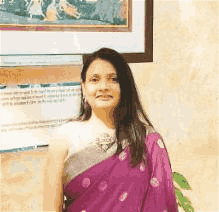
I thank the ‘Journal of Clinical Research and Reports’ for accepting this article for publication. This is a rigorously peer reviewed journal which is on all major global scientific data bases. I note the review process was prompt, thorough and professionally critical. It gave us an insight into a number of important scientific/statistical issues. The review prompted us to review the relevant literature again and look at the limitations of the study. The peer reviewers were open, clear in the instructions and the editorial team was very prompt in their communication. This journal certainly publishes quality research articles. I would recommend the journal for any future publications.
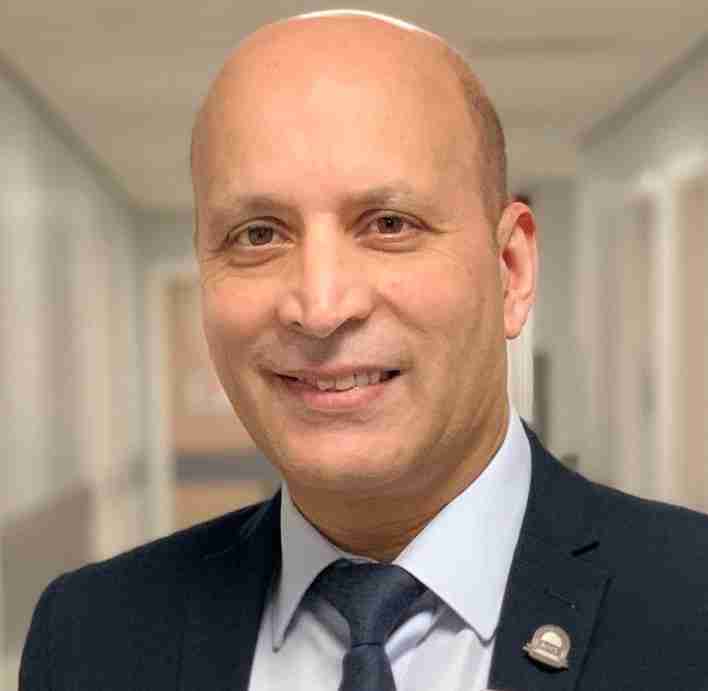
Dear Jessica Magne, with gratitude for the joint work. Fast process of receiving and processing the submitted scientific materials in “Clinical Cardiology and Cardiovascular Interventions”. High level of competence of the editors with clear and correct recommendations and ideas for enriching the article.
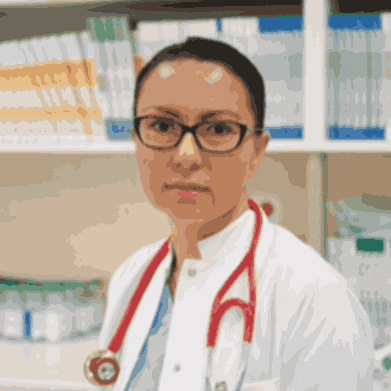
We found the peer review process quick and positive in its input. The support from the editorial officer has been very agile, always with the intention of improving the article and taking into account our subsequent corrections.
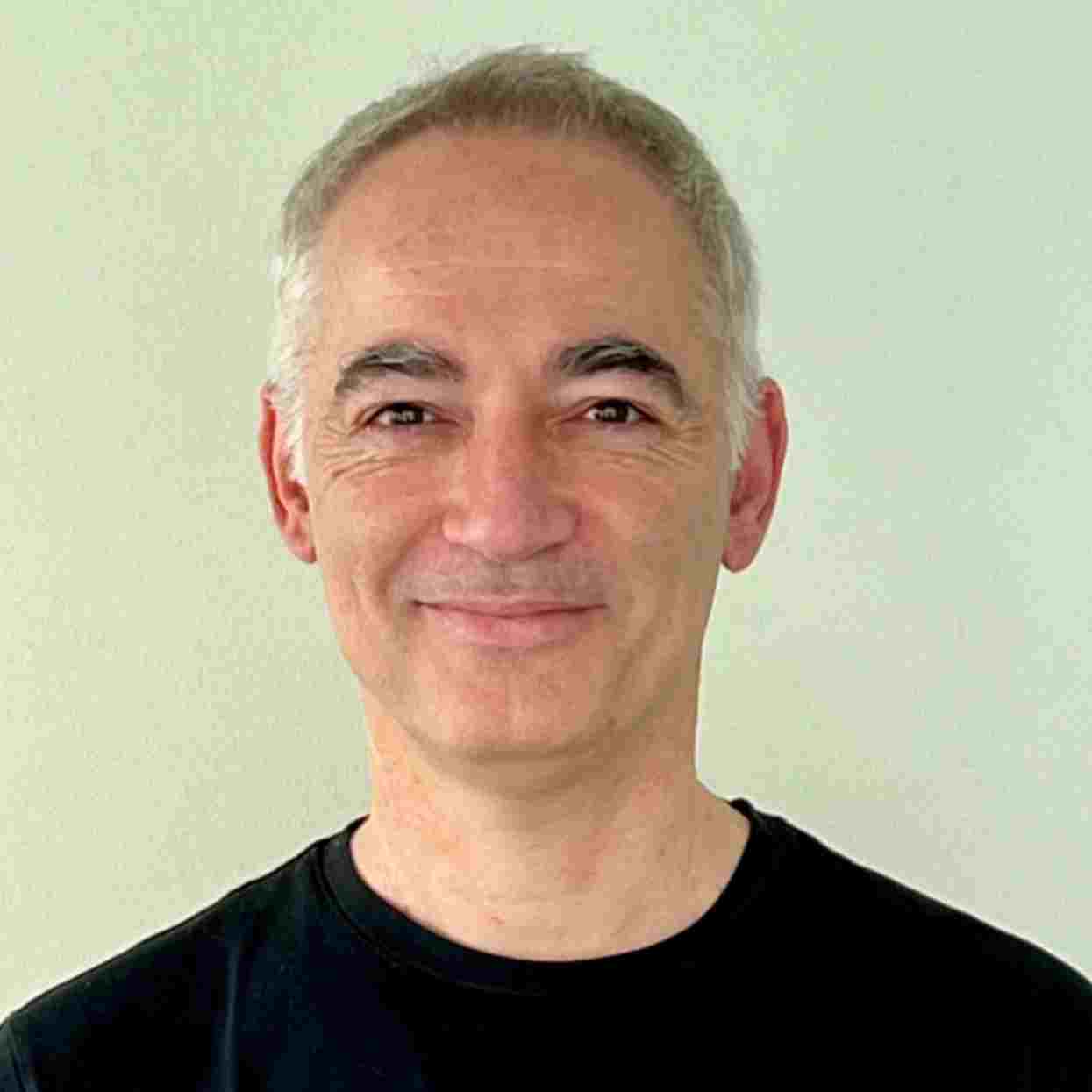
My article, titled 'No Way Out of the Smartphone Epidemic Without Considering the Insights of Brain Research,' has been republished in the International Journal of Clinical Case Reports and Reviews. The review process was seamless and professional, with the editors being both friendly and supportive. I am deeply grateful for their efforts.
To Dear Erin Aust – Editorial Coordinator of Journal of General Medicine and Clinical Practice! I declare that I am absolutely satisfied with your work carried out with great competence in following the manuscript during the various stages from its receipt, during the revision process to the final acceptance for publication. Thank Prof. Elvira Farina
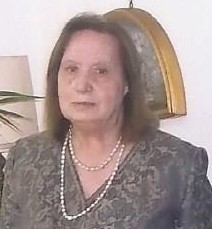
Dear Jessica, and the super professional team of the ‘Clinical Cardiology and Cardiovascular Interventions’ I am sincerely grateful to the coordinated work of the journal team for the no problem with the submission of my manuscript: “Cardiometabolic Disorders in A Pregnant Woman with Severe Preeclampsia on the Background of Morbid Obesity (Case Report).” The review process by 5 experts was fast, and the comments were professional, which made it more specific and academic, and the process of publication and presentation of the article was excellent. I recommend that my colleagues publish articles in this journal, and I am interested in further scientific cooperation. Sincerely and best wishes, Dr. Oleg Golyanovskiy.
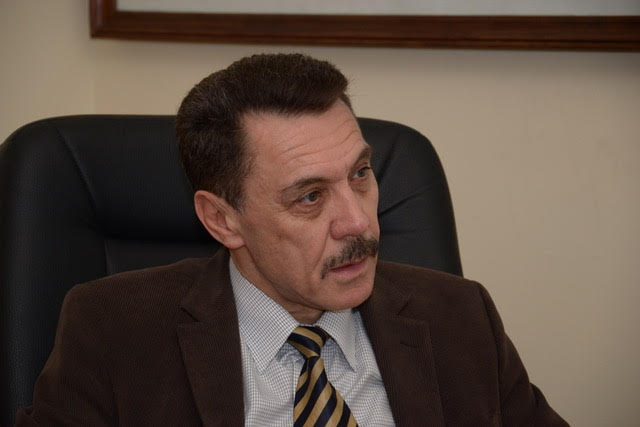
Dear Ashley Rosa, Editorial Coordinator of the journal - Psychology and Mental Health Care. " The process of obtaining publication of my article in the Psychology and Mental Health Journal was positive in all areas. The peer review process resulted in a number of valuable comments, the editorial process was collaborative and timely, and the quality of this journal has been quickly noticed, resulting in alternative journals contacting me to publish with them." Warm regards, Susan Anne Smith, PhD. Australian Breastfeeding Association.
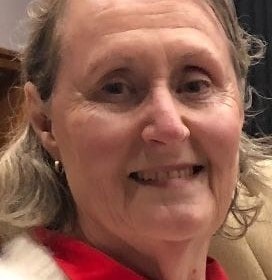
Dear Jessica Magne, Editorial Coordinator, Clinical Cardiology and Cardiovascular Interventions, Auctores Publishing LLC. I appreciate the journal (JCCI) editorial office support, the entire team leads were always ready to help, not only on technical front but also on thorough process. Also, I should thank dear reviewers’ attention to detail and creative approach to teach me and bring new insights by their comments. Surely, more discussions and introduction of other hemodynamic devices would provide better prevention and management of shock states. Your efforts and dedication in presenting educational materials in this journal are commendable. Best wishes from, Farahnaz Fallahian.
Dear Maria Emerson, Editorial Coordinator, International Journal of Clinical Case Reports and Reviews, Auctores Publishing LLC. I am delighted to have published our manuscript, "Acute Colonic Pseudo-Obstruction (ACPO): A rare but serious complication following caesarean section." I want to thank the editorial team, especially Maria Emerson, for their prompt review of the manuscript, quick responses to queries, and overall support. Yours sincerely Dr. Victor Olagundoye.
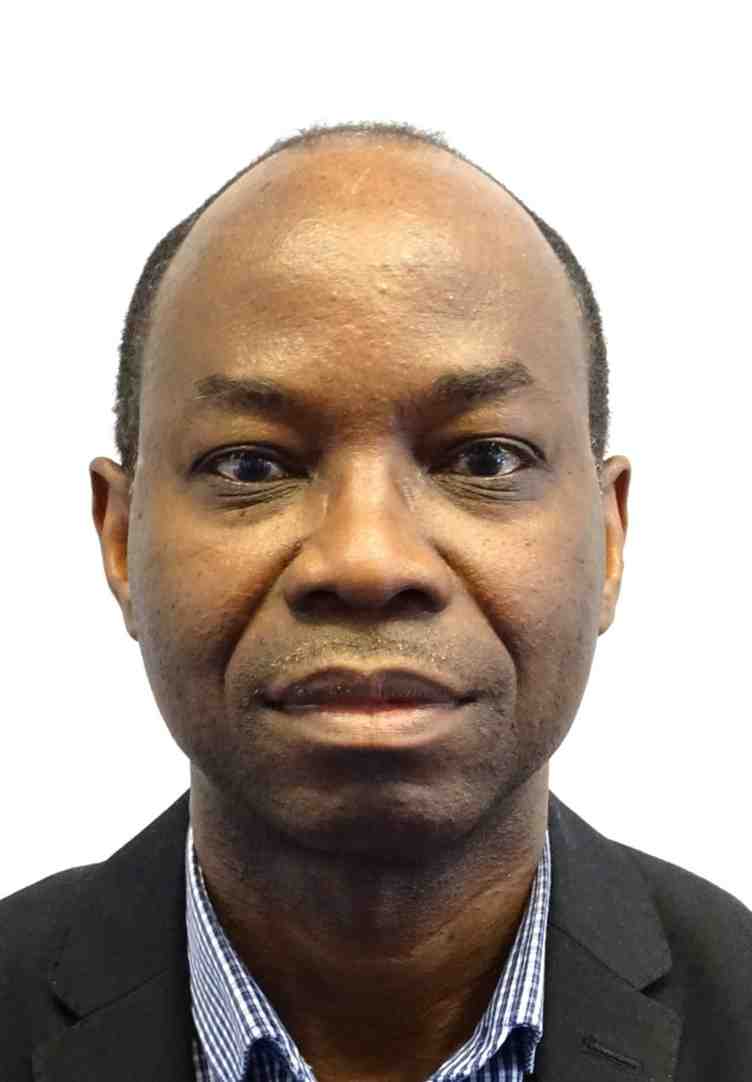
Dear Ashley Rosa, Editorial Coordinator, International Journal of Clinical Case Reports and Reviews. Many thanks for publishing this manuscript after I lost confidence the editors were most helpful, more than other journals Best wishes from, Susan Anne Smith, PhD. Australian Breastfeeding Association.
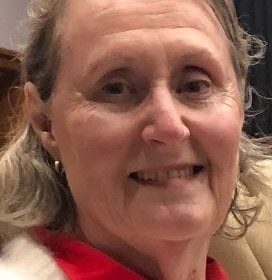
Dear Agrippa Hilda, Editorial Coordinator, Journal of Neuroscience and Neurological Surgery. The entire process including article submission, review, revision, and publication was extremely easy. The journal editor was prompt and helpful, and the reviewers contributed to the quality of the paper. Thank you so much! Eric Nussbaum, MD
Dr Hala Al Shaikh This is to acknowledge that the peer review process for the article ’ A Novel Gnrh1 Gene Mutation in Four Omani Male Siblings, Presentation and Management ’ sent to the International Journal of Clinical Case Reports and Reviews was quick and smooth. The editorial office was prompt with easy communication.
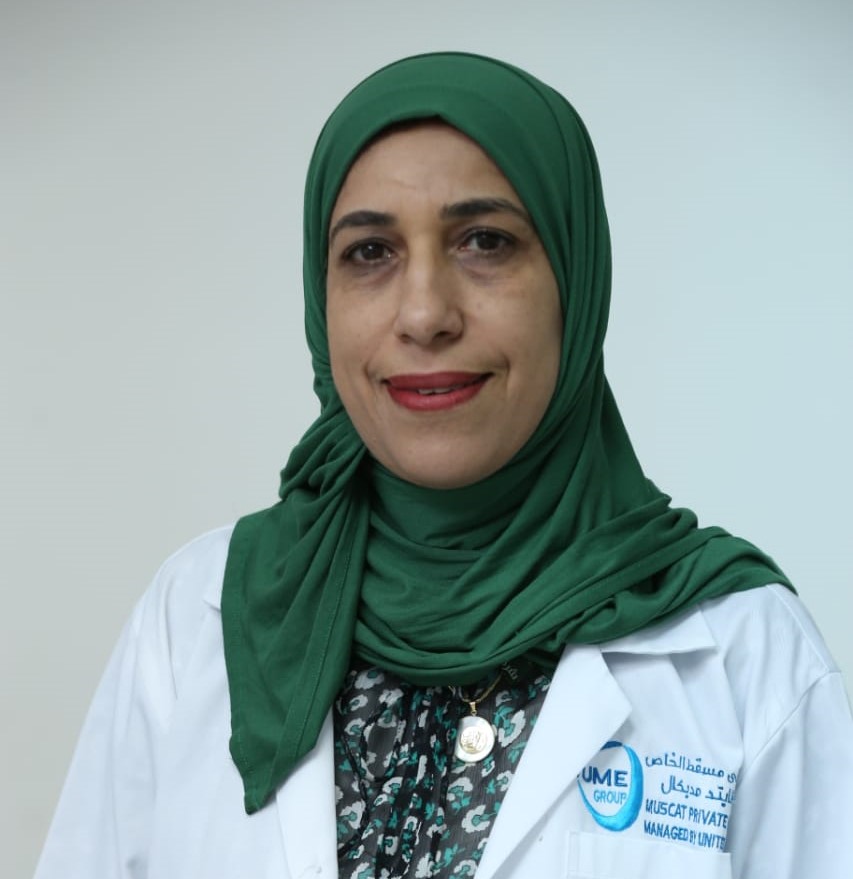
Dear Erin Aust, Editorial Coordinator, Journal of General Medicine and Clinical Practice. We are pleased to share our experience with the “Journal of General Medicine and Clinical Practice”, following the successful publication of our article. The peer review process was thorough and constructive, helping to improve the clarity and quality of the manuscript. We are especially thankful to Ms. Erin Aust, the Editorial Coordinator, for her prompt communication and continuous support throughout the process. Her professionalism ensured a smooth and efficient publication experience. The journal upholds high editorial standards, and we highly recommend it to fellow researchers seeking a credible platform for their work. Best wishes By, Dr. Rakhi Mishra.

Dear Jessica Magne, Editorial Coordinator, Clinical Cardiology and Cardiovascular Interventions, Auctores Publishing LLC. The peer review process of the journal of Clinical Cardiology and Cardiovascular Interventions was excellent and fast, as was the support of the editorial office and the quality of the journal. Kind regards Walter F. Riesen Prof. Dr. Dr. h.c. Walter F. Riesen.

Dear Ashley Rosa, Editorial Coordinator, International Journal of Clinical Case Reports and Reviews, Auctores Publishing LLC. Thank you for publishing our article, Exploring Clozapine's Efficacy in Managing Aggression: A Multiple Single-Case Study in Forensic Psychiatry in the international journal of clinical case reports and reviews. We found the peer review process very professional and efficient. The comments were constructive, and the whole process was efficient. On behalf of the co-authors, I would like to thank you for publishing this article. With regards, Dr. Jelle R. Lettinga.

Dear Clarissa Eric, Editorial Coordinator, Journal of Clinical Case Reports and Studies, I would like to express my deep admiration for the exceptional professionalism demonstrated by your journal. I am thoroughly impressed by the speed of the editorial process, the substantive and insightful reviews, and the meticulous preparation of the manuscript for publication. Additionally, I greatly appreciate the courteous and immediate responses from your editorial office to all my inquiries. Best Regards, Dariusz Ziora

Dear Chrystine Mejia, Editorial Coordinator, Journal of Neurodegeneration and Neurorehabilitation, Auctores Publishing LLC, We would like to thank the editorial team for the smooth and high-quality communication leading up to the publication of our article in the Journal of Neurodegeneration and Neurorehabilitation. The reviewers have extensive knowledge in the field, and their relevant questions helped to add value to our publication. Kind regards, Dr. Ravi Shrivastava.

Dear Clarissa Eric, Editorial Coordinator, Journal of Clinical Case Reports and Studies, Auctores Publishing LLC, USA Office: +1-(302)-520-2644. I would like to express my sincere appreciation for the efficient and professional handling of my case report by the ‘Journal of Clinical Case Reports and Studies’. The peer review process was not only fast but also highly constructive—the reviewers’ comments were clear, relevant, and greatly helped me improve the quality and clarity of my manuscript. I also received excellent support from the editorial office throughout the process. Communication was smooth and timely, and I felt well guided at every stage, from submission to publication. The overall quality and rigor of the journal are truly commendable. I am pleased to have published my work with Journal of Clinical Case Reports and Studies, and I look forward to future opportunities for collaboration. Sincerely, Aline Tollet, UCLouvain.

Dear Ms. Mayra Duenas, Editorial Coordinator, International Journal of Clinical Case Reports and Reviews. “The International Journal of Clinical Case Reports and Reviews represented the “ideal house” to share with the research community a first experience with the use of the Simeox device for speech rehabilitation. High scientific reputation and attractive website communication were first determinants for the selection of this Journal, and the following submission process exceeded expectations: fast but highly professional peer review, great support by the editorial office, elegant graphic layout. Exactly what a dynamic research team - also composed by allied professionals - needs!" From, Chiara Beccaluva, PT - Italy.

Dear Maria Emerson, Editorial Coordinator, we have deeply appreciated the professionalism demonstrated by the International Journal of Clinical Case Reports and Reviews. The reviewers have extensive knowledge of our field and have been very efficient and fast in supporting the process. I am really looking forward to further collaboration. Thanks. Best regards, Dr. Claudio Ligresti
Dear Chrystine Mejia, Editorial Coordinator, Journal of Neurodegeneration and Neurorehabilitation. “The peer review process was efficient and constructive, and the editorial office provided excellent communication and support throughout. The journal ensures scientific rigor and high editorial standards, while also offering a smooth and timely publication process. We sincerely appreciate the work of the editorial team in facilitating the dissemination of innovative approaches such as the Bonori Method.” Best regards, Dr. Matteo Bonori.
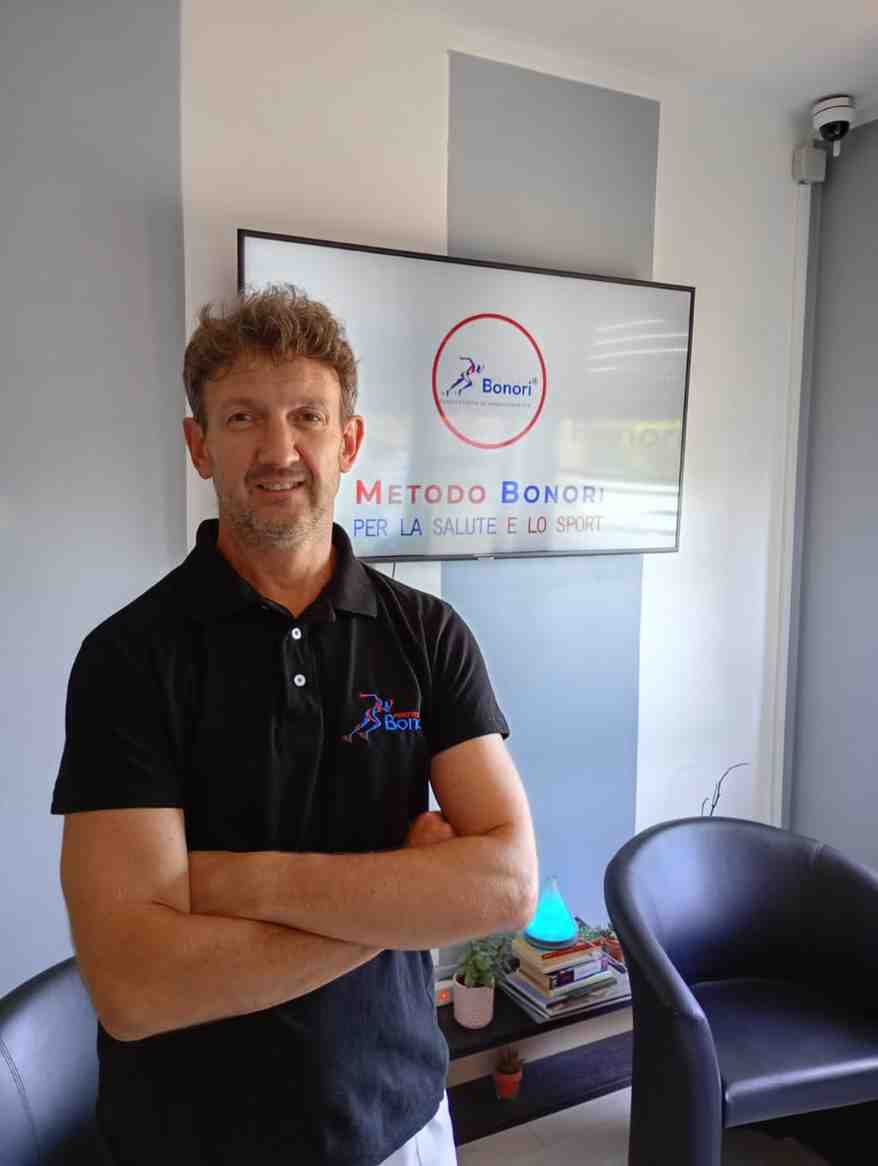
I recommend without hesitation submitting relevant papers on medical decision making to the International Journal of Clinical Case Reports and Reviews. I am very grateful to the editorial staff. Maria Emerson was a pleasure to communicate with. The time from submission to publication was an extremely short 3 weeks. The editorial staff submitted the paper to three reviewers. Two of the reviewers commented positively on the value of publishing the paper. The editorial staff quickly recognized the third reviewer’s comments as an unjust attempt to reject the paper. I revised the paper as recommended by the first two reviewers.

Dear Maria Emerson, Editorial Coordinator, Journal of Clinical Research and Reports. Thank you for publishing our case report: "Clinical Case of Effective Fetal Stem Cells Treatment in a Patient with Autism Spectrum Disorder" within the "Journal of Clinical Research and Reports" being submitted by the team of EmCell doctors from Kyiv, Ukraine. We much appreciate a professional and transparent peer-review process from Auctores. All research Doctors are so grateful to your Editorial Office and Auctores Publishing support! I amiably wish our article publication maintained a top quality of your International Scientific Journal. My best wishes for a prosperity of the Journal of Clinical Research and Reports. Hope our scientific relationship and cooperation will remain long lasting. Thank you very much indeed. Kind regards, Dr. Andriy Sinelnyk Cell Therapy Center EmCell
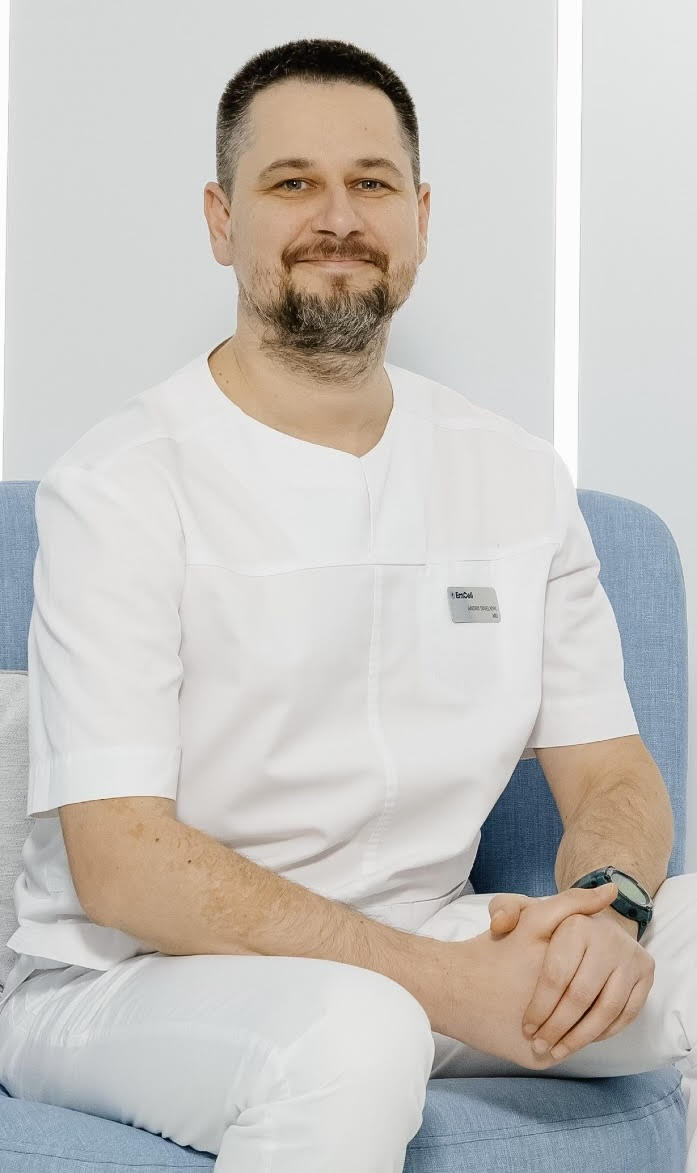
Dear Editorial Team, Clinical Cardiology and Cardiovascular Interventions. It was truly a rewarding experience to work with the journal “Clinical Cardiology and Cardiovascular Interventions”. The peer review process was insightful and encouraging, helping us refine our work to a higher standard. The editorial office offered exceptional support with prompt and thoughtful communication. I highly value the journal’s role in promoting scientific advancement and am honored to be part of it. Best regards, Meng-Jou Lee, MD, Department of Anesthesiology, National Taiwan University Hospital.
